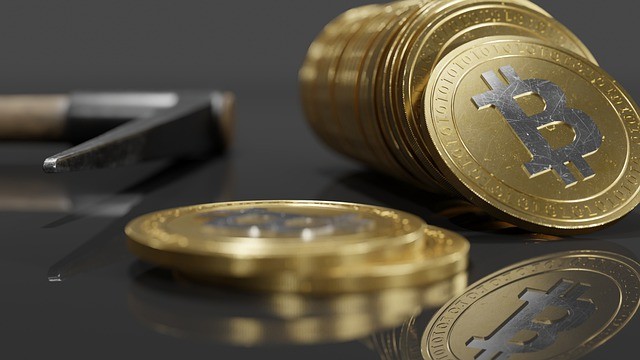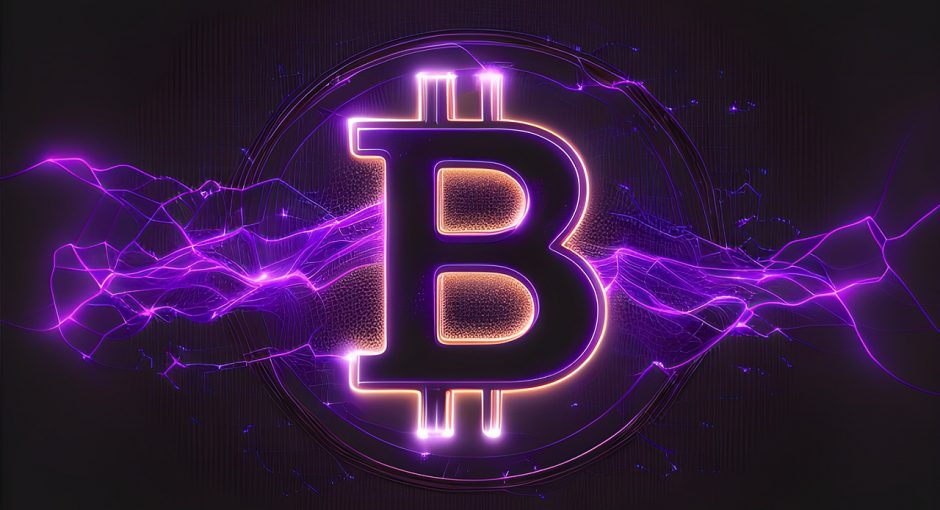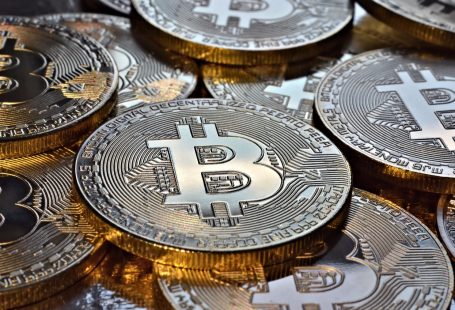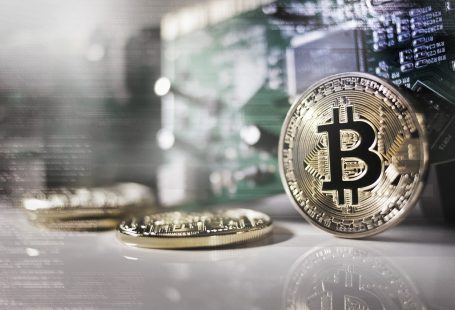If you are looking for ways to confirm a bitcoin transaction, you have come to the right place. Whether you are new to the world of digital currency or have been using it for a while, the process may seem a little confusing.
Unconfirmed transactions for a long period of time
There are several reasons why a crypto transaction might be unconfirmed. For one thing, some protocols might not be compatible with newer software. Another reason could be a congested network. This can lead to slower processing of transactions.

However, there are several ways to speed up the process. One way is to use a special software to do the heavy lifting. Another option is to use a sender to reduce your fee. Finally, there are options to let the miners do the dirty work for you. Aside from this, there are some cool tricks you can do to ensure your transaction is processed and confirmed as quickly as possible.
The Bitcoin block chain is designed to handle 3,500 to 4,000 per second. This is not a huge amount by any stretch of the imagination. Unfortunately, this number does not include all the other smaller blocks that make up the bulk of the data. Therefore, your unconfirmed transaction may remain in your wallet for a while.
Blocks of transactions
Every cryptocurrency transaction must be confirmed on the blockchain. This system is designed to ensure that each transaction is created, propagates, and can be verified.
When sending a transaction, the sender needs to use multiple broadcast nodes. A broadcast node will broadcast a message with input and output.
The transaction’s output is an instruction on how to transfer a specific amount of BTC. These instructions are contained in the “block” or “page” in the ledger. Each block incorporates a set of previous transactions.
Each block has a header that contains information on the block. It also includes a transaction hash or Transaction ID.
A block is a mathematically protected, public ledger of every cryptocurrency transaction. Blocks are grouped together in chronological order. All blocks are connected.
A valid block must be able to reference a previous block. In addition, it must follow protocol rules. Once a block is confirmed, it is added to the public ledger.
Generally, it takes an average of ten minutes to confirm a block. However, it can take longer if the network is busy. For this reason, many exchanges require at least three BTC confirmations.
Fees charged by miners
Fees charged by miners when confirming a bitcoin transaction are a crucial element of the network’s security and sustainability. The system allows you to specify the fee you want for your transaction.

This makes it easier for the system to confirm your transaction. Having the correct miner fee ensures a good chance of a timely confirmation.
Miners charge fees based on transaction size and network conditions. Transactions with larger data sizes and high fees are prioritized. They also have a lower chance of confirmation during periods when the effective maximum block size is low.
For larger transactions, miners will have to spend more computing power to validate the new block. However, this means that miners have a higher incentive to verify the new blocks.
As mining rewards begin to drop, miners will need to compensate for this by charging a transaction fee. Ideally, the fee will match the size of the transaction.
In addition to this, you can also pay an extra fee to speed your transaction through the system. These are called “dynamic fees.” You can set a fee to match the transaction’s size and then wait for the transaction to be confirmed.
Can you cancel an unconfirmed transaction?
If you are sending your funds to someone else and you are not sure if it’s confirmed, you may want to consider canceling your transaction. But, before you can do that, you have to first make sure your payment has gone through. Fortunately, there are a few ways to find out if a particular transaction has been confirmed.
You can do this by checking your transaction ID in your wallet. The ID is a string of letters and numbers that uniquely identifies your transaction.
You can also check your transaction using a block explorer. This will show you the details of your transaction, including the number of confirmations. Your transaction will be shown on the screen along with a Gas Limit and a Cancel button. Depending on your wallet, you will need to pay an additional fee for the transaction to go through.
If you are using a RBF-enabled wallet, you can also replace your unconfirmed transaction with a new one. However, this is not available on all wallets.





